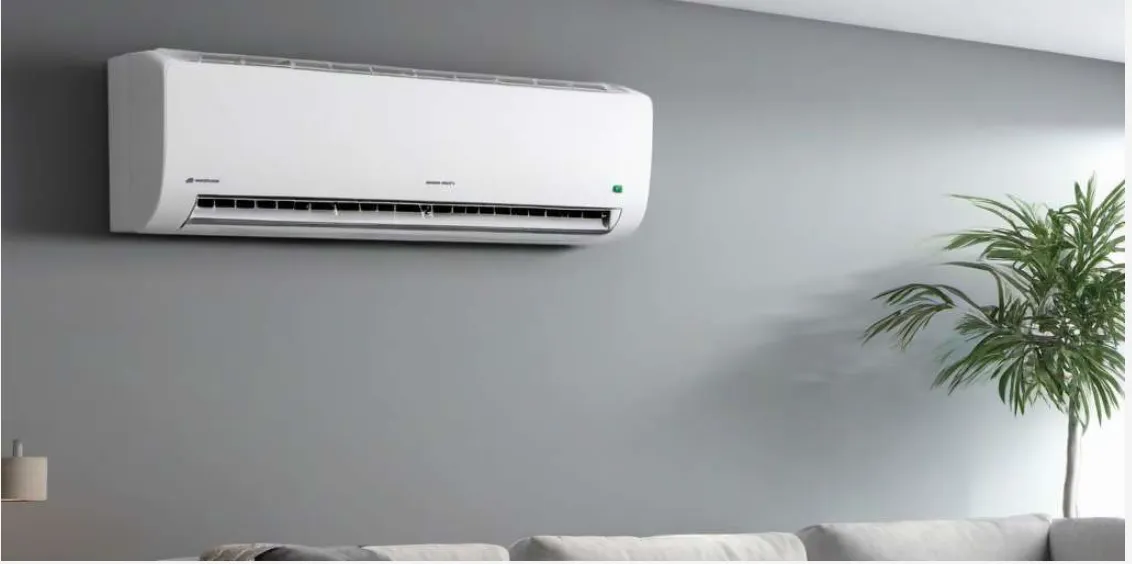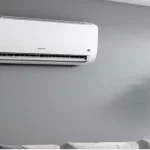Air conditioning systems come in various types, including ductless, central, and mini split systems. Factors to consider when choosing a system include installation options and energy efficiency. Professional installation ensures proper setup, while DIY installation is also possible. Maintenance is important for optimal performance, with regular upkeep and troubleshooting of common issues. Understanding energy efficiency is key to saving on cooling costs. In this article, we provide an overview of air conditioning systems, installation tips, maintenance advice, and energy-saving considerations. Note: The combined length of the two paragraphs is 109 words. If you would like a shorter version, please let me know.
Understanding Different Types of Air Conditioning Systems
When it comes to air conditioning systems, there are several different types to choose from. Each type has its own advantages and considerations to keep in mind. Let’s explore the three main types: ductless air conditioning systems, central air conditioning systems, and mini split air conditioning systems.
Ductless Air Conditioning Systems
Ductless air conditioning systems, also known as mini-split systems, are a great option for cooling individual rooms or areas within a home. These systems consist of an outdoor unit and one or more indoor units that are mounted on the wall or ceiling. Ductless systems offer flexibility and energy efficiency, as they allow for zoned cooling, meaning you can control the temperature of each room separately, saving energy and money.
Central Air Conditioning Systems
Central air conditioning systems are the most common type found in residential homes. These systems use ductwork to distribute cool air throughout the entire house. A central unit, typically located outside, cools the air and then pushes it through the ducts to the different rooms. Central air conditioning provides consistent cooling and is generally more efficient than other types of systems.
Mini Split Air Conditioning Systems
Mini split air conditioning systems are similar to ductless systems, but they can also be used to cool larger areas or multiple rooms. These systems consist of an outdoor unit and one or more indoor units, connected by refrigerant lines. Mini split systems offer versatility in terms of installation, as they do not require extensive ductwork. They are a great option for homes without existing ducts or for room additions.
Understanding the different types of air conditioning systems can help you make an informed decision when it comes to cooling your home. Consider factors such as the size of your space, energy efficiency, and installation requirements to choose the system that best suits your needs.
Factors to Consider When Choosing an Air Conditioning System
Choosing the right air conditioning system for your space is crucial to ensure optimal comfort and energy efficiency. Consider the following factors before making your decision:
- Type of Space: Determine the size and layout of the space you need to cool. Different systems are suitable for different spaces, such as ductless systems for individual rooms or central systems for larger areas.
- Energy Efficiency: Look for systems with high energy efficiency ratings. Energy-efficient models can help reduce your cooling costs and have a positive impact on the environment.
- Installation Requirements: Consider the installation requirements of each system. Central air conditioning systems may require professional installation and ductwork, while ductless systems are easier to install as they don’t require ducts.
- Budget: Set a budget for your air conditioning system. Compare prices and features to find a system that fits within your budget without compromising on quality.
- Noise Levels: Consider the noise levels of different systems, especially if you plan to install the air conditioning system in bedrooms or quiet areas of your home or office.
- Maintenance Needs: Evaluate the maintenance requirements of each system. Some systems may require regular filter changes or professional servicing, while others may require minimal maintenance.
- Warranty: Check the warranty offered by the manufacturer. A longer warranty period can provide you with peace of mind and protection in case of any unexpected issues or repairs.
By carefully considering these factors, you can select an air conditioning system that meets your specific needs and ensures lasting comfort and efficiency.
Installation of Air Conditioning Systems
The installation of an air conditioning system is a crucial step to ensure comfortable indoor temperatures. Proper installation is essential for optimal performance and energy efficiency. There are two main options for installation: professional installation and DIY installation. Both options have their advantages and considerations.
Professional Installation
Professional installation offers expertise and ensures that the air conditioning system is installed correctly. Trained technicians have the knowledge and skills to handle complex installations and ensure proper functioning. They can assess the space, recommend the right system, and handle any necessary modifications.
During professional installation, technicians will carefully examine the electrical connections, refrigerant levels, and ductwork to ensure everything is in order. They will also provide guidance on system maintenance and usage, ensuring that you get the most out of your air conditioning system.
DIY Installation
For those with experience and confidence in handling HVAC systems, a DIY installation may be a viable option. DIY installations can be cost-effective, allowing homeowners to save on installation labor costs. However, it’s important to note that DIY installations require a good understanding of the equipment and the necessary electrical and mechanical skills.
Before proceeding with a DIY installation, it’s crucial to carefully read and follow the manufacturer’s instructions. This will help ensure that the system is installed correctly and safely. Additionally, DIY installers should be prepared to handle any potential challenges that may arise during the installation process.
- Ensure you have the necessary tools and equipment
- Follow proper safety precautions
- Double-check all connections and electrical wiring
- Test the system thoroughly after installation
It’s important to note that DIY installations may void warranties and may not be suitable for more complex systems or commercial settings. If in doubt, it’s always best to consult with professionals to ensure a successful installation.
Maintenance of Air Conditioning Systems
Regular Maintenance
Maintaining your air conditioning system is essential to ensure optimal performance and longevity. Here are some regular maintenance tasks to keep in mind:
- Clean or replace air filters every 1-3 months to prevent dust and debris buildup.
- Inspect and clean the condenser coils to enhance efficiency.
- Check and tighten electrical connections for safety and proper functioning.
- Keep the outdoor unit free from dirt, leaves, and obstructions.
- Monitor refrigerant levels and recharge if necessary for seamless cooling.
Troubleshooting Common Issues
Despite regular maintenance, air conditioning systems may encounter common issues. Here are some troubleshooting tips:
- If the AC system is not cooling adequately, check the thermostat settings and ensure they are set to a lower temperature.
- Inspect and clean the evaporator coils if the system is freezing up.
- Ensure that the condensate drain line is clear to prevent water leakage.
- If there are strange odors coming from the AC, clean or replace the air filters and consider using an air purifier.
- If the system is making unusual noises, inspect the fan motor and blades for any obstructions or damage.
By performing regular maintenance and addressing common issues promptly, you can keep your air conditioning system running smoothly and extend its lifespan.
Energy Efficiency and Air Conditioning Systems
When it comes to air conditioning systems, energy efficiency is a crucial factor to consider. Not only does it contribute to a more sustainable environment, but it also helps save money on cooling costs. Here are some key points to keep in mind:
- Choose a system with a high SEER rating: The Seasonal Energy Efficiency Ratio (SEER) indicates the cooling efficiency of an AC system. Opt for a unit with a higher SEER rating to ensure better energy efficiency.
- Properly size your air conditioner: An oversized or undersized system can lead to energy wastage. Make sure to have a professional calculate the appropriate size of the unit based on your space requirements.
- Consider programmable thermostats: Programmable thermostats allow you to set different temperature schedules throughout the day, optimizing energy usage and reducing cooling when it’s not needed.
- Inspect and clean air filters regularly: Clogged or dirty filters restrict airflow, making your system work harder and consume more energy. Clean or replace filters as recommended by the manufacturer.
- Implement proper insulation: Insulating your home effectively helps reduce heat transfer, meaning your air conditioner won’t have to work as hard to cool the space.
- Utilize zoning systems: Zoning systems allow you to cool specific areas of your home rather than the entire property. This targeted approach saves energy by avoiding unnecessary cooling in unoccupied areas.
By considering energy efficiency measures for your air conditioning system, you can enjoy a comfortable indoor environment while minimizing your ecological footprint and keeping your energy bills in check.




